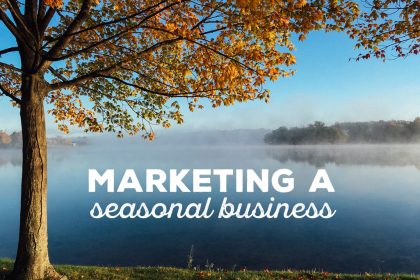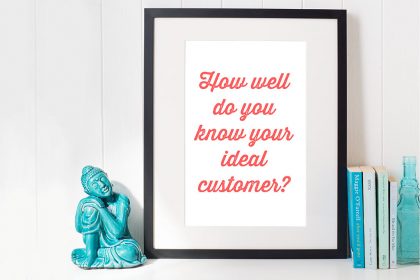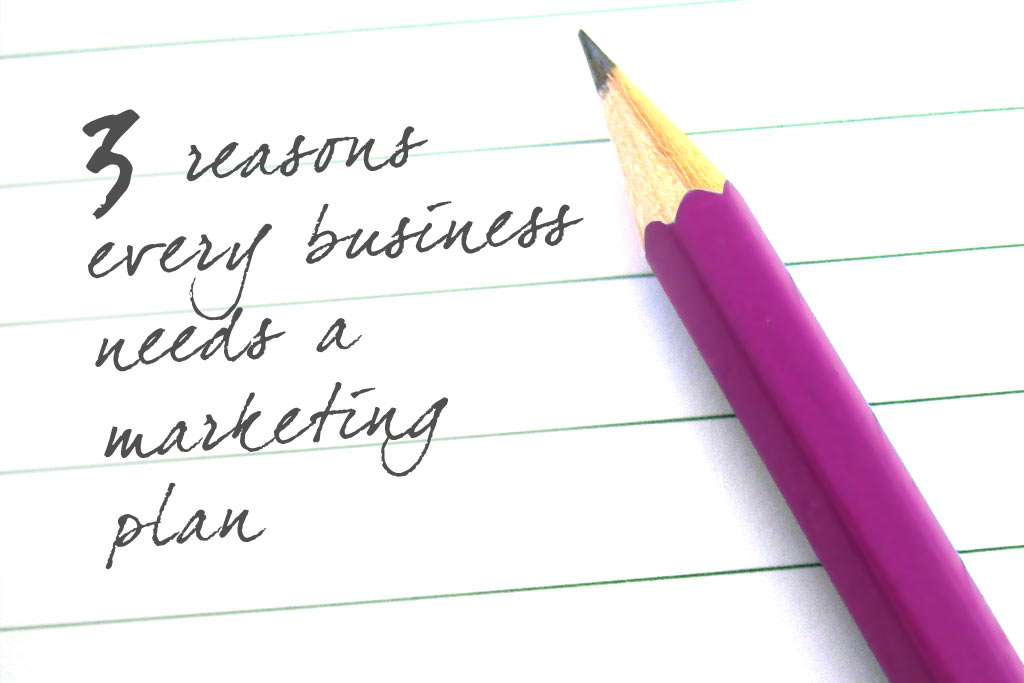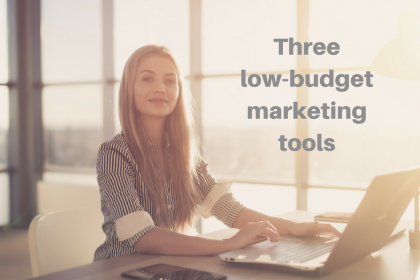Is there still a place for newsletters in digital marketing?
Is there still a place for newsletters in digital marketing, or should they be consigned to history? Discover three reasons why they’re still relevant, and how to make yours a must-read.
A few years ago, newly returned to the workplace after some time away, I attended several digital marketing courses where the course leaders casually mentioned that email newsletters were a dying breed and not part of today’s digital toolkit. Controversial.
The positioning was, that in today’s world of analytics and talking to our customers throughout their lifecycle, this was a poor way of communicating to our customers and prospects. It would not be targeted enough and it would be difficult to target the customer with the right message for the right stage in their journey or lifecycle.
They then tended to turn the argument round to talk about how to make those opportunities to talk to customers more valuable, rather like this article from Forbes last year.
Of course, email marketing is more complex than sending out a monthly newsletter, but there is still a place for newsletters and post GDPR, I have several that I look forward to receiving. It turns out, I am not alone. 83% of B2B marketers still use email newsletters as part of their content strategy.
What are the benefits of maintaining an email newsletter for your business?
There are several benefits of maintaining your email newsletter. Here are three of the biggest.
1) They help to cement your brand in the mind of your client
Your client or prospect may not have seen all those fantastic blog posts or social medai messages that you have published with valuable information to help them run their business.
By most reports, the ROI for email marketing is twice that of other digital channels. Everyone is busy with life and work so as long as you are providing valuable content, it can only be a benefit to share that content in multiple places.
2) They help the cycle of know, like, trust
Newsletters are another way to demonstrate your brand personality and for people to get to know you a little better. The old adage of “people buy from people” is just as true today as ever and by talking to your customers through your newsletter you can help build trust.
3) People have gone to the effort of saying they want to hear from you
In today’s post GDPR world, people who have hit the subscribe button genuinely want to hear from you. With clients that I work with I now regularly see open rates of well over 60% for their email newsletters and campaigns.
How do you make your email newsletter relevant?
So if you’re going to send out a newsletter for your business, how do you make it relevant for your customers? Here are some suggestions:
- Keep it short and sweet – focus on three key messages and be respectful of people’s time. You don’t need to re-invent the wheel – go back and look at which of your blog posts or social media messages have generated the best engagement and focus on re-purposing that!
- Share best practices or industry news – If you have recently had a great project or read about something interesting in your niche then look to share that with your readers, you can link to the article if its written by someone else, or provide your own thoughts.
- Tell your reader when they will hear from you again. This is the easiest advice to hand out and the hardest to stick to. Where possible try to be regular and try to stick to a consistent schedule. If you know that a weekly newsletter is out of the question, plan to send out a monthly or even a quarterly one so that your readers will know when they will hear from you again.
- Make it easy to take action – Add in a call to action and links to your website or offers. Many of the email platforms make it easy to do this with handy templates. What do you want your reader to do after receiving the newsletter – it may be that you have a special offer you would like them to consider or a longer blog post you would like them to read, be sure to tell them!
- Include content that’s interesting and useful – discover 14 things you need to consider including in your newsletter here.
In summary, while it’s true that analytics can allow us to create a much more targeted email campaign as part of the customer buying journey, there is still a value for small business owners to spend the time creating a useful newsletter for their database and I personally look forward to reading the ones I am subscribed to so that I can be kept up to date.
Ruth Buckingham is a Freelance Marketing Consultant operating as Kandu Marketing, who provide straight-forward B2B marketing support. This usually starts with content strategy or copy-writing but also covers a range of other marketing activities.
Photo by Christin Hume










